
The Sky Room
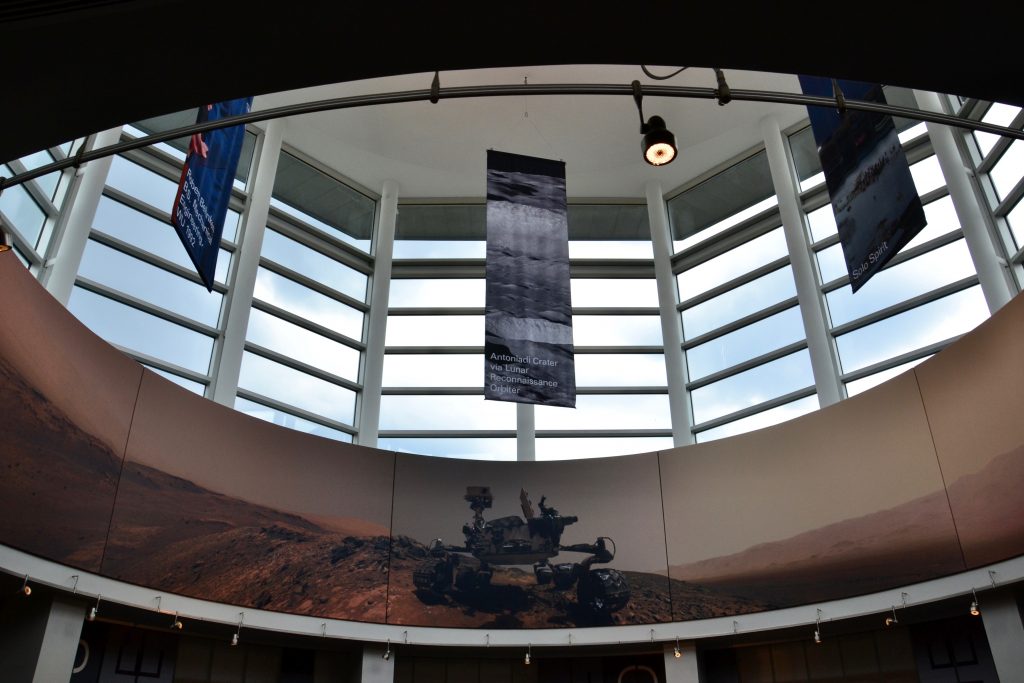
Sky Room Banners
The banners hanging in the Sky Room on Level 3 of the Newman Tower of Collections and Exploration in John M. Olin Library pay tribute to four outstanding alumni who have traveled afar for their research.
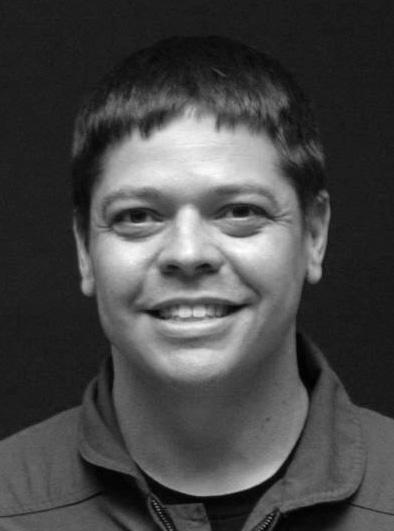
Col. Robert L. Behnken, U.S. Air Force; NASA Astronaut
A native of St. Ann, Missouri, Robert Behnken earned a bachelor of science degree in physics and mechanical engineering from Washington University in 1992. He completed his doctorate in mechanical engineering at the California Institute of Technology in 1997. Selected as an astronaut by NASA in 2000, Behnken is trained to fly test flights for commercially built spacecraft. As a crew member on International Space Station assembly missions, he flew aboard the STS-123 Endeavour in 2008 and the STS-130 Endeavour in 2010. Behnken has earned many honors, including the 2010 NASA Space Flight Medal.
Christine Floss, Research Professor, Department of Physics, Washington University
Originally from Munich, Germany, Christine Floss (1961-2018) received a doctoral degree in geochemistry from Washington University in 1991. She worked as a research scientist at the Max Planck Institute in Heidelberg, Germany, and then joined the faculty of Washington University as a research professor in physics. As a member of the 2014-15 Antarctic Search for Meteorites (ANSMET) team, Floss participated in a month-long expedition to Antarctica to collect meteorite specimens. ANSMET’s field research efforts are supported by the National Science Foundation. Collected specimens are sent to NASA, where they are made available to researchers.
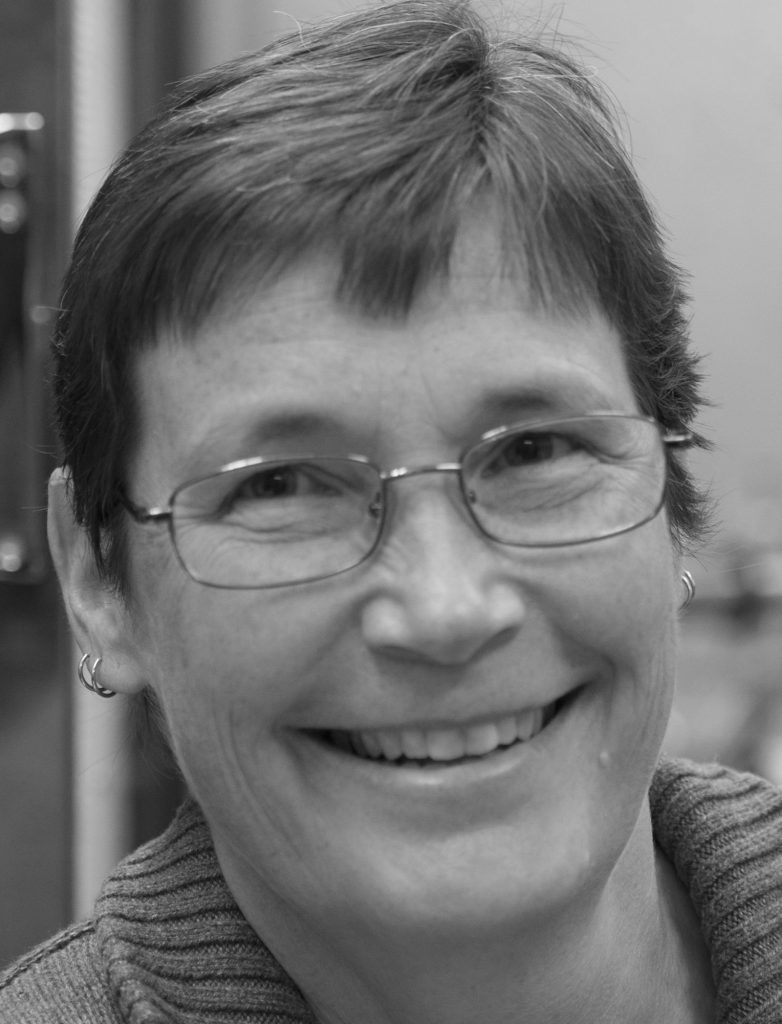
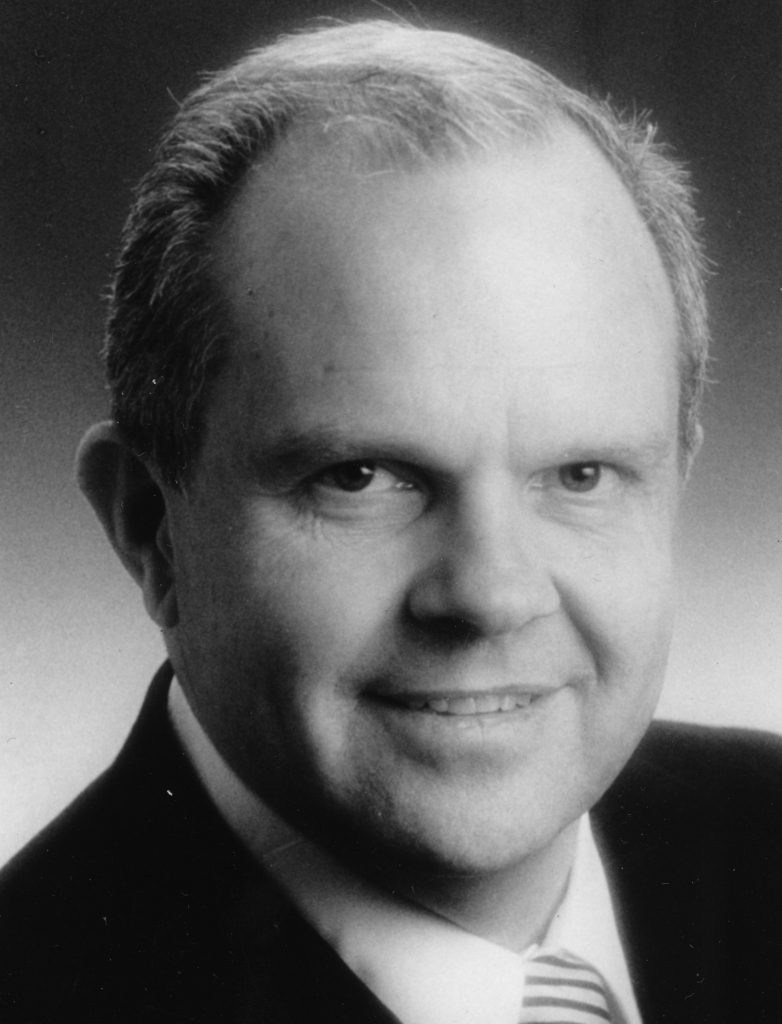
James Stephen “Steve” Fossett, Businessman and Adventurer
Steve Fossett (1944-2007) earned his master’s degree in business administration from Washington University in 1968. A man with a thirst for adventure, Fossett set several records as a sailor and aviator. In 1997, he set out to become the first person to circumnavigate the globe alone, nonstop, in a hot-air balloon. Taking off from Busch Stadium in St. Louis aboard the 160-foot balloon Solo Spirit, Fossett was forced to land in India, setting a distance record of about 10,000 miles. He set his hoped-for record in 2002, aboard the balloon Spirit of Freedom. A member of the university’s Board of Trustees, Fossett had a successful career in financial services.
Ryan Watkins, Research Scientist, Planetary Science Institute
Ryan Watkins earned a doctorate in Earth and planetary science from Washington University in 2015 and is a research scientist with the Planetary Science Institute. Using Lunar Reconnaissance Orbiter Camera (LROC) images, she studies the reflectance properties of the lunar surface to understand the effects of rocket exhaust on lunar soil and the composition of silicic volcanic areas on the Moon. Watkins has studied rocket exhaust effects at the landing sites of the Apollo, Luna, Surveyor, and Chang’e 3 missions, with applications for planning for future missions to the Moon.
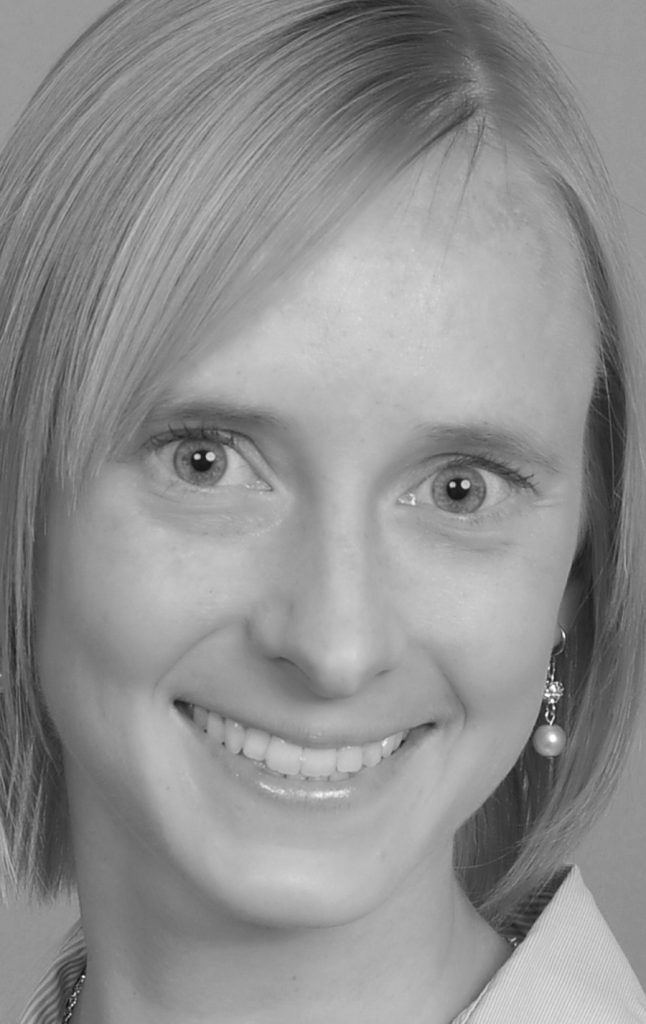
Mars Rover
The color mosaic around the top of the Sky Room is a “selfie” of the Curiosity Mars rover acquired in mid-2015. The Mars Hand Lens Imager (MAHLI) system on the robotic arm was used to acquire the “selfie,” both to evaluate the state of the rover and its wheels, and to provide the relative scale and context for the hills and rocks in the immediate vicinity. Curiosity landed in August 2012 on the plains within the 154 kilometer-wide ancient Gale Crater on Mars. Since then, the Mars rover has uncovered evidence for a sustained lake on the crater floor billions of years ago.
Ray Arvidson, the James S. McDonnell Distinguished University Professor at Washington University in St. Louis, selected the image. Arvidson is the director of the Earth and Planetary Remote Sensing Laboratory in the McDonnell Center for Space Sciences and is the deputy principal investigator for the Mars Exploration Rovers.